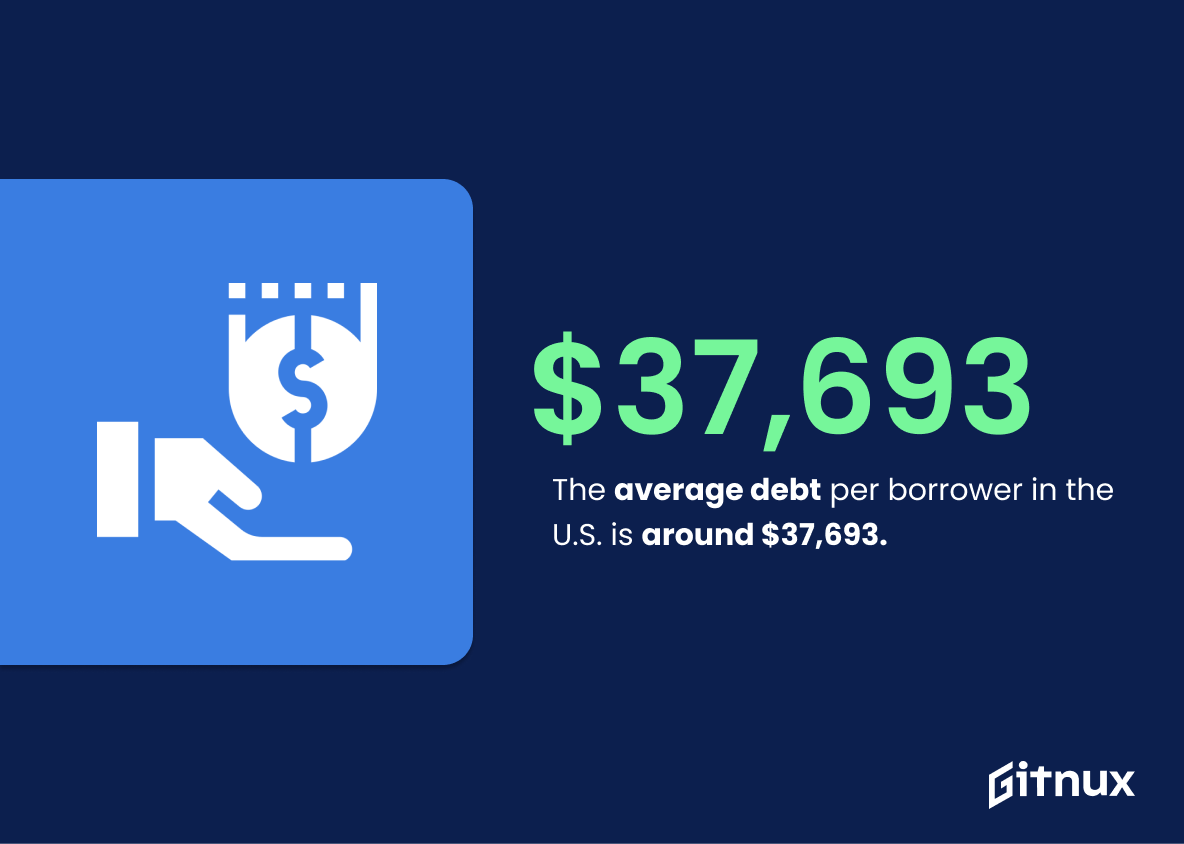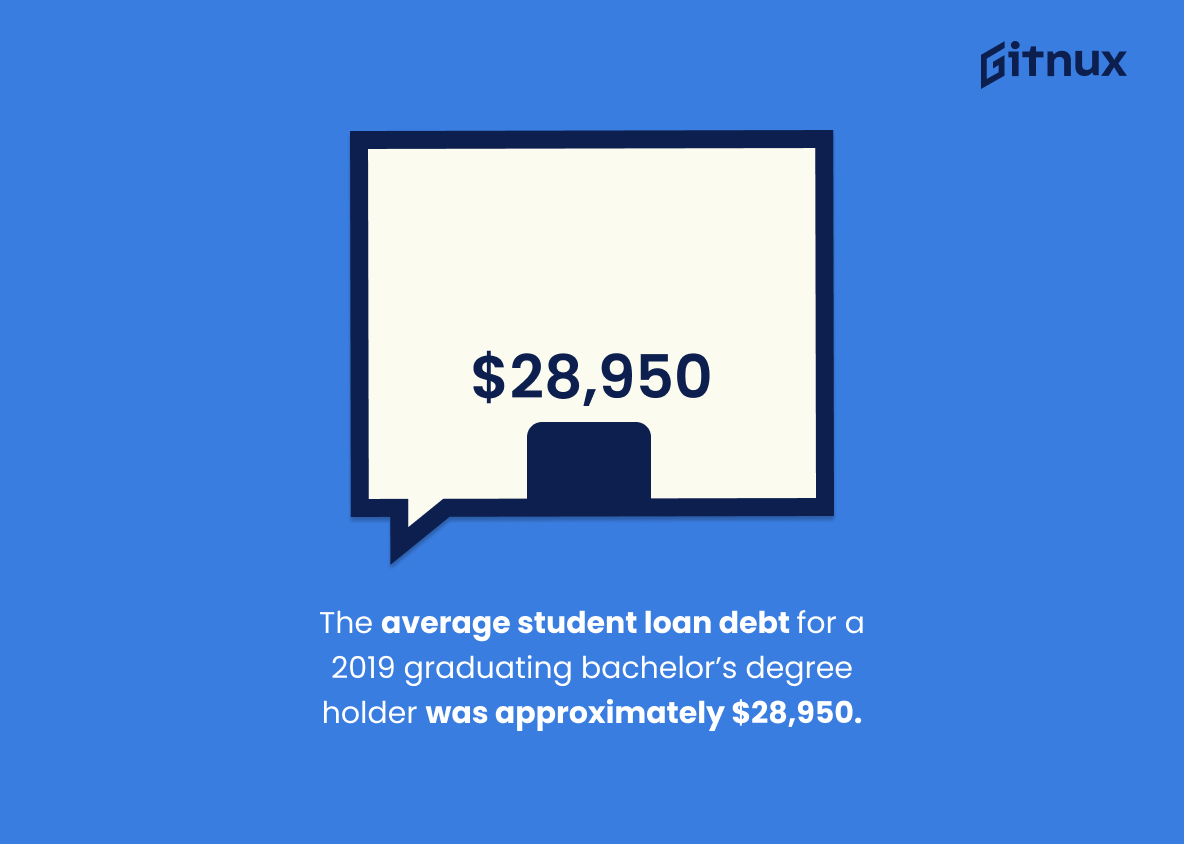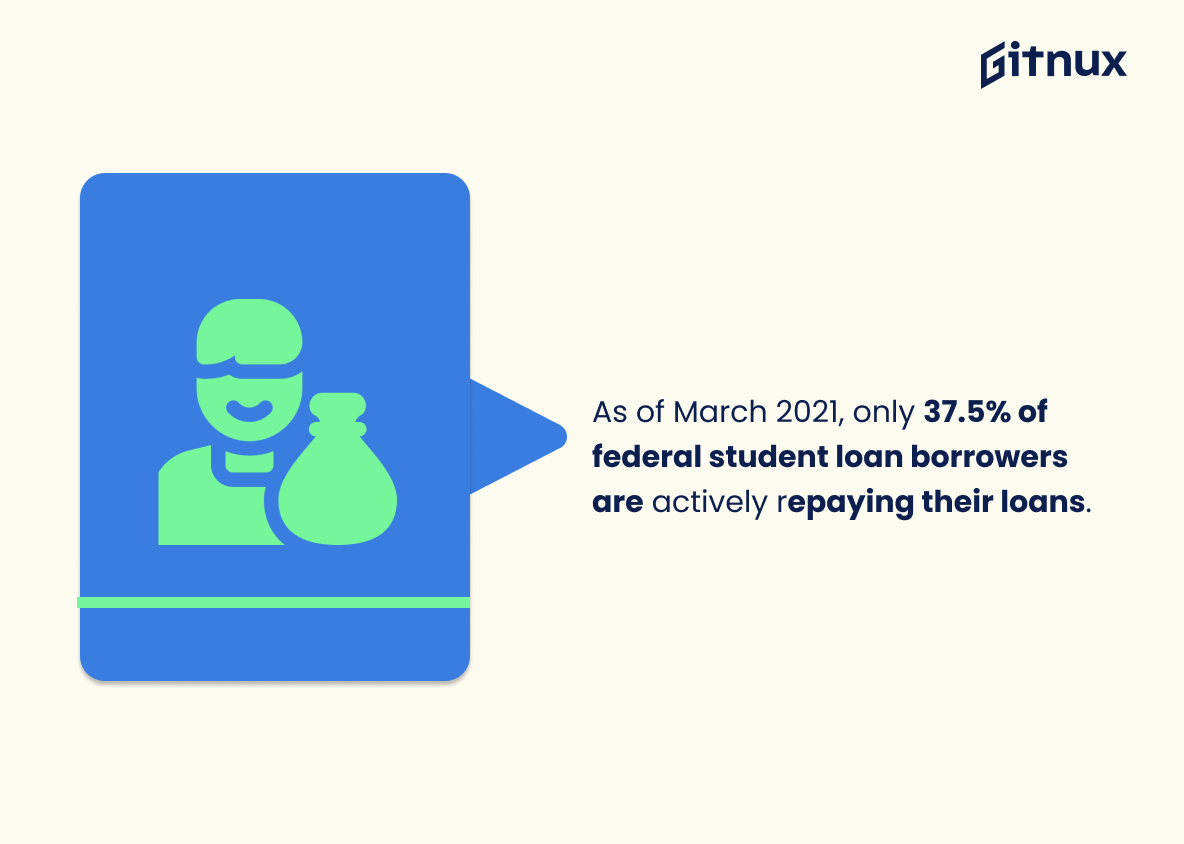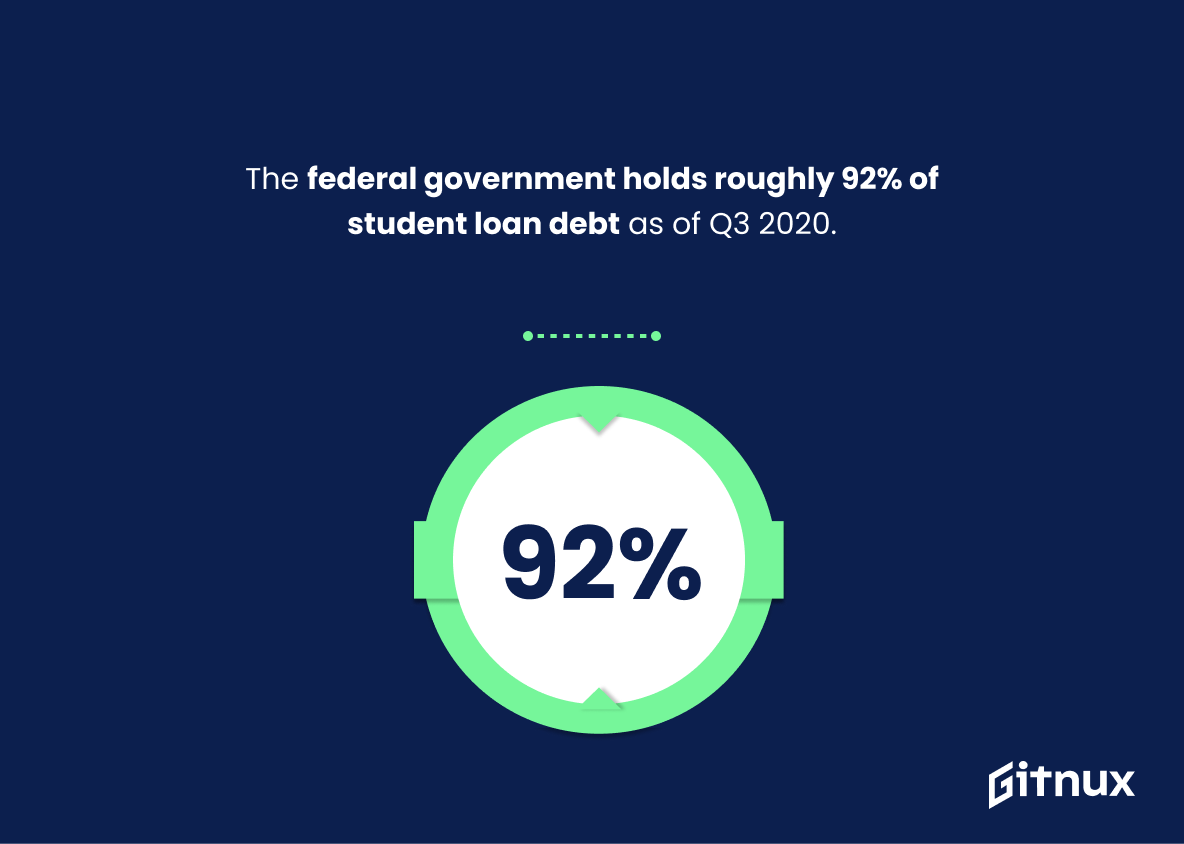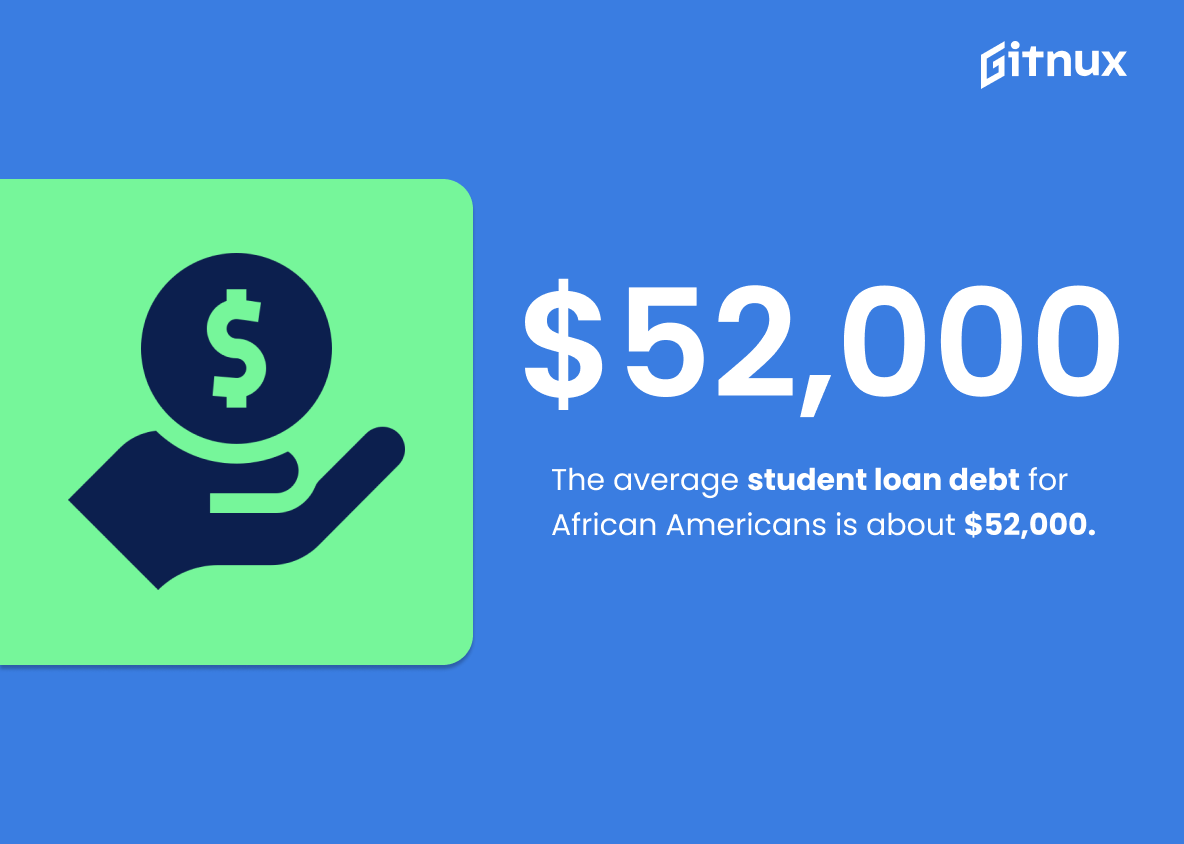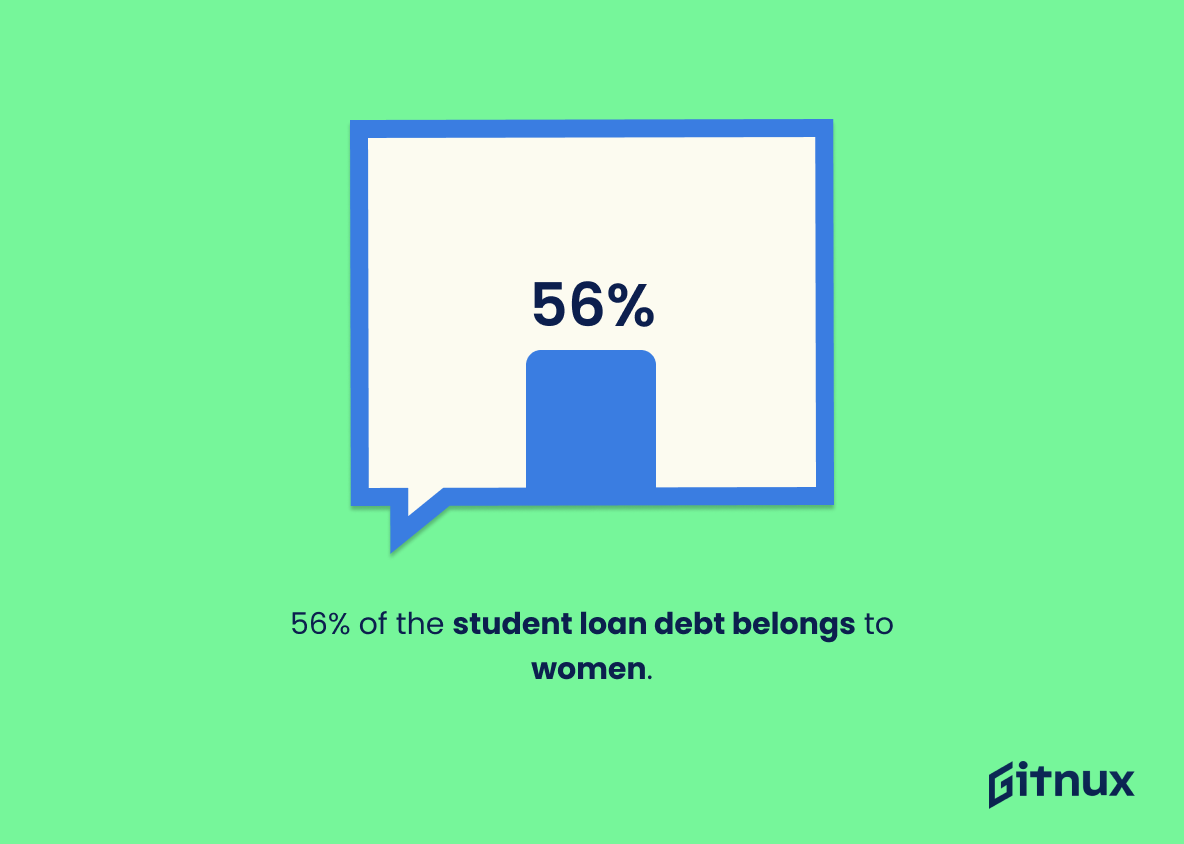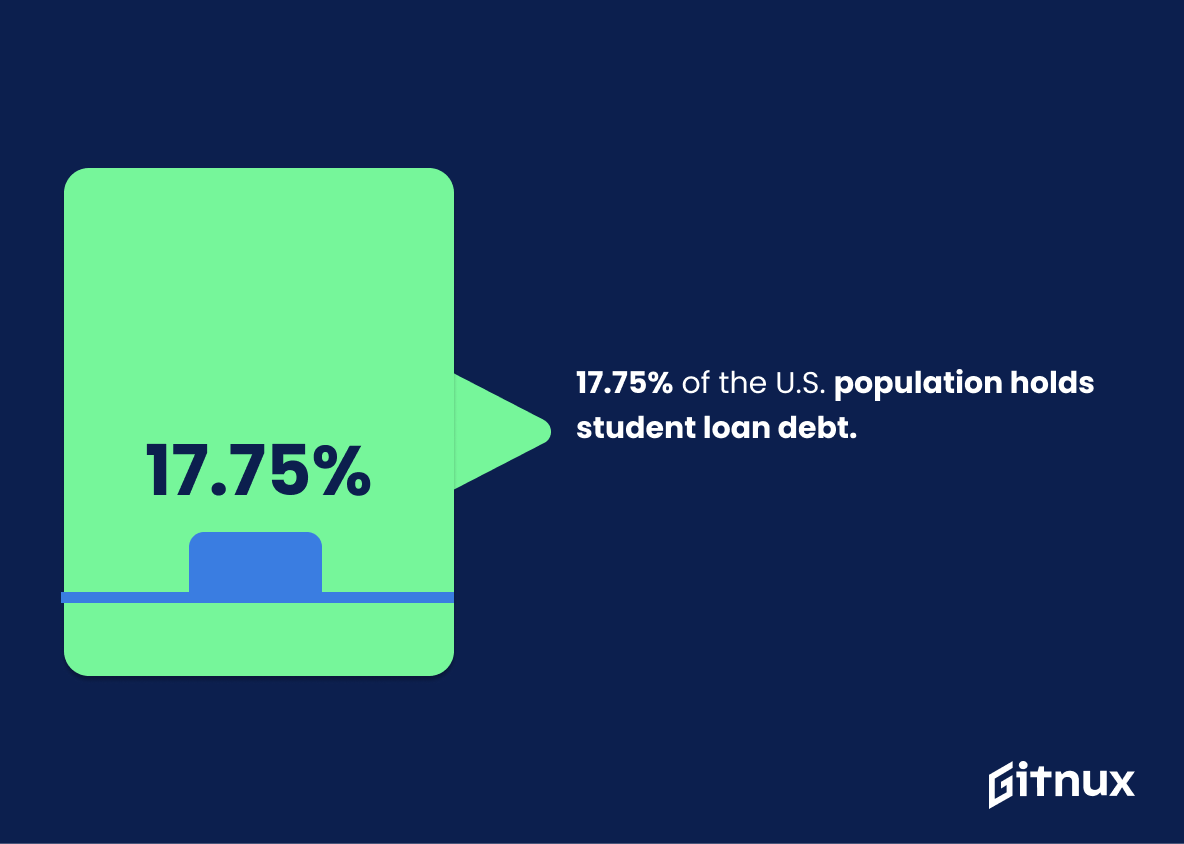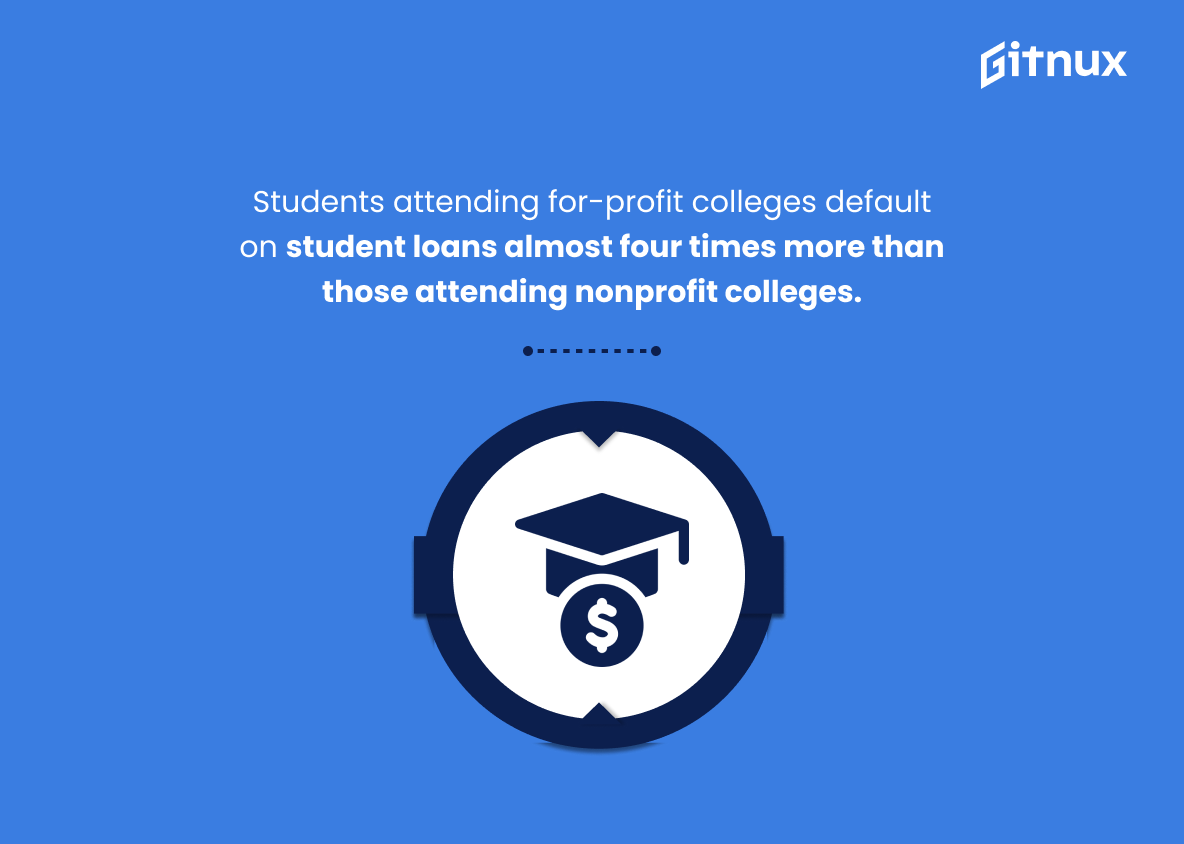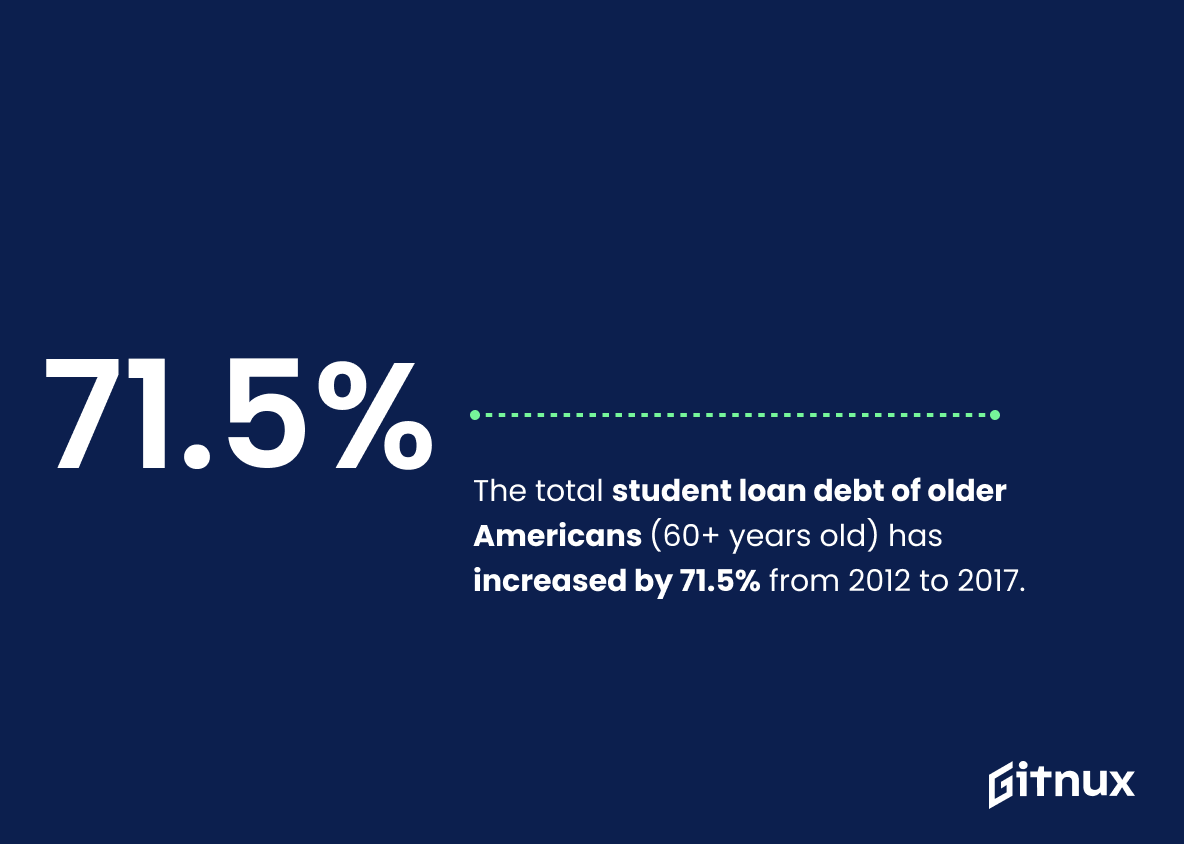Student loan debt is a growing problem in the United States, with total student loan debt reaching an all-time high of $1.71 trillion as of 2021. This staggering amount is owed by 45 million borrowers across the country, who on average owe around $37,693 each. The issue has become so widespread that 65% of college seniors graduating from public or private nonprofit colleges had some form of student loan debt in 2019 and 56% of this was held by women alone.
The situation for African Americans is even more dire; they have an average student loan debt burden close to double that at approximately $52,000 per borrower. Furthermore, only 37.5% are actively repaying their loans while 9.3%, or 4 million people are delinquent (90+ days) or defaulted on their payments altogether – a rate which has been steadily increasing over time due to rising tuition costs and stagnant wages among other factors such as income inequality and racial disparities within higher education institutions themselves .
It’s not just individuals either; 92% percent of all U S Student Loan Debt belongs to the federal government itself – 26 % being from private lenders – making it one area where taxpayers’ money goes towards helping students pay off their debts through various repayment plans like Income Driven Repayment Programs (IDR). Unfortunately though these programs aren’t always enough since 87 %of graduates find that having any kind educational debt hinders them when trying save up for retirement later down life , especially those attending For Profit Colleges whose defaults rates are almost four times higher than Nonprofit ones . All things considered its no wonder why US Student Loan Debt has increased 107 % over past decade with 25 % owing more than 100 000 dollars each .
Student Debt Statistics Overview
The average debt per borrower in the U.S. is around $37,693.
This statistic serves as a stark reminder of the financial burden that many students in the U.S. are facing. It paints a vivid picture of the reality of student debt, and highlights the need for more resources and support for those struggling with student loan debt.
The average student loan debt for a 2019 graduating bachelor’s degree holder was approximately $28,950.
This statistic is a stark reminder of the financial burden that many college graduates face upon entering the workforce. It highlights the reality that student loan debt is a major issue for many young adults, and that the cost of higher education is becoming increasingly difficult to manage. This statistic is an important part of the conversation surrounding student debt, and it serves as a reminder of the need for more affordable options for college students.
The student loan delinquency rate (90+ days delinquent or in default) is 9.3%.
This statistic is a stark reminder of the financial burden that student debt can place on individuals. With 9.3% of student loan borrowers delinquent or in default, it is clear that the issue of student debt is far from resolved. This statistic serves as a call to action for policy makers and other stakeholders to take steps to alleviate the financial burden of student debt.
As of March 2021, only 37.5% of federal student loan borrowers are actively repaying their loans.
This statistic is a stark reminder of the immense burden of student debt that many Americans are facing. It highlights the fact that a large portion of student loan borrowers are struggling to make payments, and that the issue of student debt is far from resolved. It is a powerful illustration of the need for more comprehensive solutions to the student debt crisis.
The federal government holds roughly 92% of student loan debt as of Q3 2020.
This statistic is a stark reminder of the immense burden of student loan debt that the federal government carries. It highlights the fact that the majority of student loan debt is held by the government, and that the issue of student loan debt is a major problem that needs to be addressed.
The average student loan debt for African Americans is about $52,000.
This statistic is a stark reminder of the financial burden that African Americans face when it comes to student debt. It highlights the need for more equitable access to higher education and the need for more resources to help African Americans pay for college. It also serves as a reminder of the systemic racism that exists in our society and the need to address it in order to create a more equitable future.
56% of the student loan debt belongs to women.
This statistic is a stark reminder of the disproportionate burden of student loan debt that women are shouldering. It highlights the need for greater access to resources and support for women in higher education, as well as the need for more equitable policies that ensure that women are not disproportionately burdened with student loan debt.
Income-driven repayment programs are utilized by 80% of borrowers with direct federal student loans.
This statistic is a powerful indicator of the prevalence of income-driven repayment programs among borrowers with direct federal student loans. It speaks to the fact that the majority of borrowers are taking advantage of these programs, which can help them manage their debt and make their payments more manageable. This statistic is a testament to the effectiveness of these programs in helping borrowers manage their student debt.
17.75% of the U.S. population holds student loan debt.
This statistic is a stark reminder of the prevalence of student loan debt in the United States. It highlights the fact that a significant portion of the population is struggling with the burden of student loan debt, and that this is an issue that needs to be addressed.
Students attending for-profit colleges default on student loans almost four times more than those attending nonprofit colleges.
This statistic is a stark reminder of the consequences of attending for-profit colleges. It highlights the fact that students attending for-profit colleges are more likely to struggle with repaying their student loans, and thus, are more likely to default on them. This is an important statistic to consider when discussing student debt, as it emphasizes the importance of researching college options and making an informed decision.
Approximately 87% of college graduates find that their student loan debt has hindered their ability to save for retirement.
This statistic is a stark reminder of the financial burden that student loan debt can place on college graduates. It highlights the fact that many graduates are unable to save for retirement due to the amount of money they owe in student loans, which can have long-term implications for their financial security.
Student loan debt has increased by 107% over the past decade.
This statistic is a stark reminder of the growing burden of student loan debt in the past decade. It highlights the need for more effective solutions to help students manage their debt and reduce the financial strain of higher education. It also serves as a warning to potential students to be mindful of the costs associated with college and to plan accordingly.
The total student loan debt of older Americans (60+ years old) has increased by 71.5% from 2012 to 2017.
This statistic is a stark reminder of the growing burden of student loan debt on older Americans. It highlights the fact that student loan debt is not just a problem for young people, but is increasingly becoming a financial burden for those in their later years. This statistic serves as a warning that student loan debt is a problem that affects all ages, and that it is a growing issue that needs to be addressed.
Conclusion
The statistics presented in this blog post demonstrate the magnitude of student loan debt in the United States. The total amount of student loan debt is approximately $1.71 trillion, with 45 million borrowers and an average debt per borrower of around $37,693. 65% of college seniors graduating from public or private nonprofit colleges had some form of student loan debt in 2019, averaging at about $28,950 for bachelor’s degree holders.
Student loans are also becoming increasingly difficult to pay off due to a high delinquency rate (9.3%) and only 37.5% actively repaying their loans as reported by March 2021 data from the federal government which holds 92% of all U.S.-based student loan debts – 26% being held by private lenders alone while 56% belonging to women specifically and African Americans having an average balance close to double that number ($52k).
Income-driven repayment programs have been adopted widely (80%), however 87 percent still find it hard saving up for retirement due largely because they’re paying off educational expenses instead; 25 percent graduate without any such burden but those who do owe more than 100K on average according to 2017 figures – 17 times higher than graduates attending non-profit institutions compared with those enrolled at for-profits where default rates soar fourfold over time since 2012 when overall balances increased 107%.
References
0. – https://www.educationdata.org
1. – https://www.newyorkfed.org
2. – https://www.insidehighered.com
3. – https://www.ed.gov
4. – https://www.teacher.org
5. – https://www.brookings.edu
6. – https://www.ticas.org
7. – https://www.cnbc.com
8. – https://www.consumerfinance.gov
9. – https://www.aauw.org
10. – https://www.federalreserve.gov
